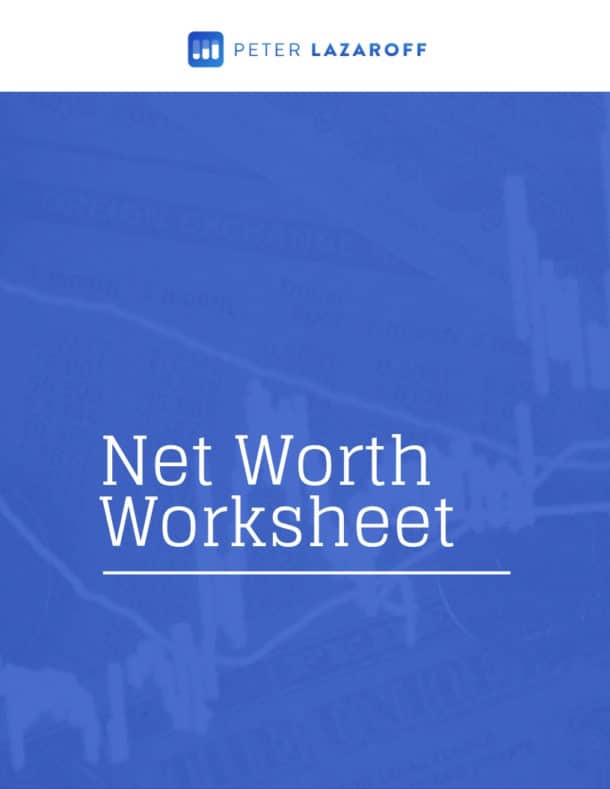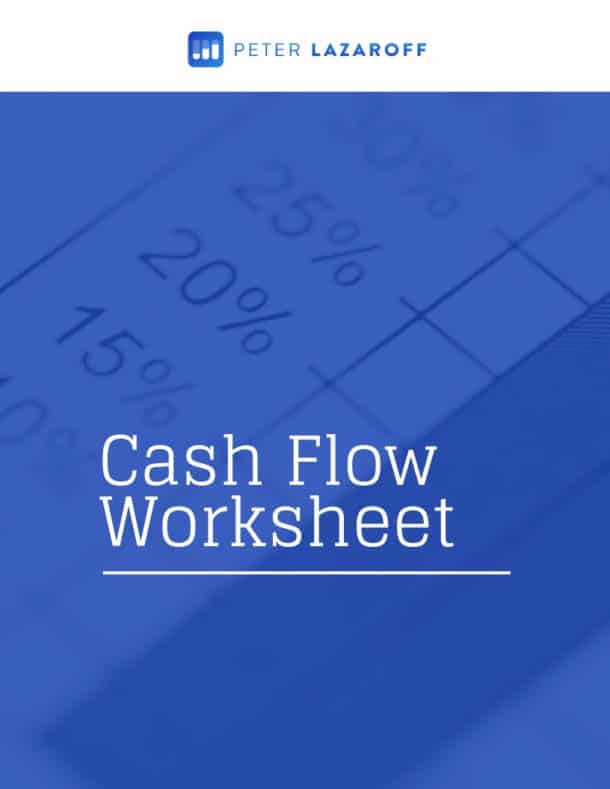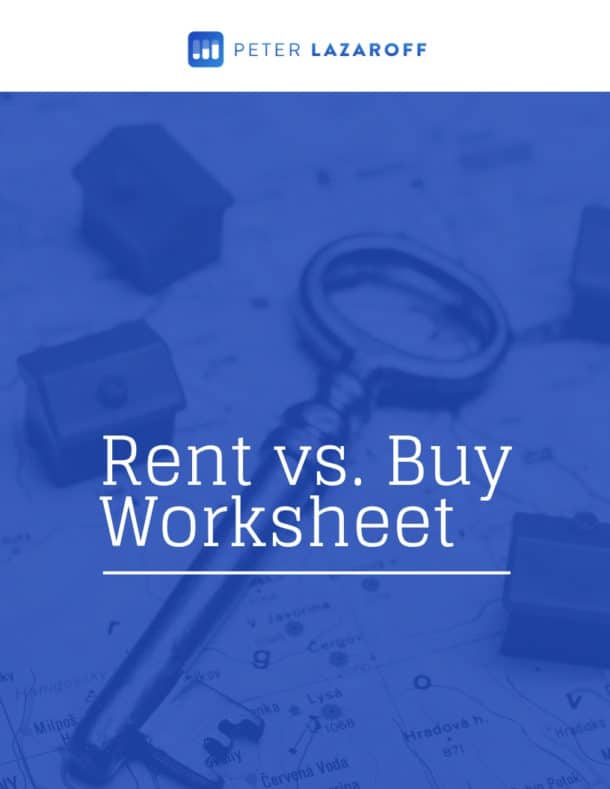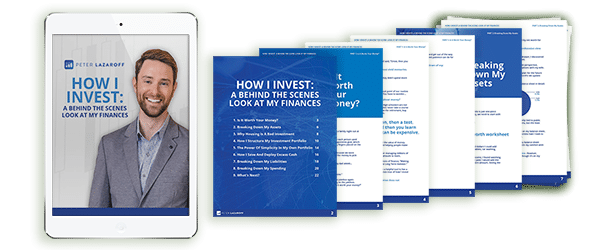Watch Now
Listen Now
When people think of Carl Richards, they think of simple sketches with big meaning. Each line captures an idea about how humans relate to money—our fears, habits, and values. In our conversation, we dive deep into Your Money, a book designed to start the conversations most people avoid.
Together we unpack why money conversations are really about emotion, why small “micro actions” matter more than big financial gestures, and how to align your money with what truly matters.
Here are my notes from our conversation…
Sign up for my newsletter so you can easily reply to my emails with your thoughts or questions for the podcast:
The Conversations We Avoid About Money (02:23)
Carl introduces the concept of a “conversation grenade”—an idea or image that sparks meaningful dialogue around money. He explains that most people never talk honestly about finances, even within their families. Instead, they stick to safe topics like budgeting apps, credit-card points, or interest rates.
But the real issues aren’t technical. They’re emotional. When couples argue about spending or when parents react awkwardly to a child saying “we’re the richest family I know,” the tension isn’t about math—it’s about identity, fear, and security.
This section reframes money talk as a human conversation rather than a financial calculation. Carl’s goal is to help people replace judgment with curiosity and empathy so that money becomes a tool for connection, not conflict.
Why Facts Don’t Fix Feelings (04:16)
Carl recalls his early work studying investor behavior. He noticed that even when investors owned great portfolios, their returns lagged the funds’ performance because they jumped in and out of the market. He tried to solve the problem with charts and data—the classic “best 10 days” study, Ibbotson mountain graphs, and long-term averages—but behavior didn’t change.
The insight was humbling: people don’t act on facts when fear or envy is in play. Knowing that markets recover doesn’t help if your neighbor is bragging about a stock that doubled. At its core, this behavior gap comes from emotion, not ignorance.
Carl’s realization marks a key turning point in the conversation. Financial planning, he says, isn’t about delivering more information—it’s about building relationships that help clients manage emotion and stay disciplined.
Simplifying on the Far Side of Complexity (06:00)
Carl talks about the painstaking work behind his simple drawings. Each sketch takes years of reflection and editing to express a complex truth in a single visual. He sometimes obsesses over a single word for a decade, testing whether it captures the full meaning without losing nuance.
He describes this creative process as crossing through the “ball of yarn” of complexity—research, details, exceptions—until reaching the clarity that lies on the other side. Simplifying isn’t about dumbing things down; it’s about cutting away noise until only the essential insight remains.
For advisors and investors, the takeaway is powerful: clarity is earned through discipline. Good planning, like good writing, involves subtracting until the message becomes unmistakably clear.
Aligning Your Use of Capital with What’s Important (10:13)
One of Carl’s best-known sketches is a pair of overlapping circles. One represents how you use your capital—your money, time, and energy. The other represents what’s truly important to you. The overlap is what he calls real financial planning.
Originally, he labeled the second circle “what you say is important to you.” But over time he realized that the word “say” was misleading. There’s often a gap between what people claim to value and what their behavior reveals. The truth, he explains, is found in two places: your calendar and your checkbook.
Aligning spending and time with authentic priorities takes awareness and honesty. It means noticing when daily choices drift from stated goals. This reflection transforms planning from a numbers exercise into an ongoing process of self-discovery.
Financial Planning Is About Being Less Wrong Tomorrow (14:31)
Carl and I discuss why perfect financial plans doesn’t exist. Life is too unpredictable. Markets shift, health changes, family needs evolve. The purpose of a plan isn’t to predict the future—it’s to provide direction and a framework for making the next best decision.
Carl calls this working within a complex adaptive environment, where feedback constantly reshapes the path forward. The process is cyclical: clarify your current position, choose a direction, take one step, evaluate new information, and repeat.
He explains that clients with stable, predictable finances may only need annual reviews, while those facing volatility—like business owners—may need weekly adjustments. The right cadence depends on the level of uncertainty in their lives. In every case, progress means being a little less wrong tomorrow than you were today.
The Illusion of Certainty and the End of History (18:22)
I bring up a psychological concept called the “end of history illusion,” the belief that our current self is final and unchanging. Carl agrees that people, especially around life transitions like retirement, underestimate how much their values and desires will continue to evolve.
He explains that uncertainty never disappears, and that longing for resolution can be misleading. Instead of striving for a static sense of “enough,” financial planning should embrace tension as a healthy force—what he calls the pressure that keeps bridges standing.
Advisors and investors alike must learn to tolerate ambiguity: to hold both confidence and curiosity. The most successful financial lives are built on this balance between stability and adaptability.
The “Presenting Problem” and What Clients Really Value (23:55)
Carl has coached thousands of advisors and noticed a pattern. Clients rarely hire a planner for the reason they end up valuing them. They come in with a “presenting problem”—a portfolio issue, a tax question, or a big upcoming life change.
Eighteen months later, they’re grateful for something different: peace of mind. They no longer obsess over money, feel more confident in their direction, and have a better relationship with their finances.
This section highlights one of the most important truths in advice-based professions: what people need most can’t be modeled in a spreadsheet. The real deliverable isn’t performance—it’s perspective. Financial planning done well provides calm and clarity that numbers alone can’t.
How to Start Better Money Conversations at Home (27:42)
I ask how couples can apply these ideas to their own financial disagreements. Carl’s answer centers on empathy and understanding. When partners clash over money—whether it’s paying off a mortgage or investing extra cash—the first step isn’t compromise, it’s curiosity.
He recommends pausing and acknowledging that the issue clearly matters to the other person. Then ask, “Help me understand why this is important to you.” By focusing on the underlying value rather than the tactic, couples often discover shared goals such as security, freedom, or legacy.
This shift transforms confrontation into collaboration. Once both people feel heard, it’s easier to find creative solutions—splitting savings between goals, alternating years, or simply agreeing that one priority outweighs another.
Carl emphasizes that money conflict isn’t trivial; it touches identity and security. Approaching it with empathy can literally strengthen relationships and, in some cases, prevent crises driven by financial stress.
Micro Actions: Tiny Habits That Compound (35:36)
Carl introduces the idea of micro actions—steps so small they seem almost insignificant. He draws from behavioral research by BJ Fogg and James Clear, who show that small habits build momentum over time.
In the financial realm, micro actions might include transferring a modest amount to savings, automating an investment, or simply taking a deep breath when a tense money conversation begins. These moments of restraint or reflection compound, just like interest.
Carl shares a humorous story about once surveying readers on whether they argued about money with their spouse—only to find his own wife had replied “yes.” His point: everyone struggles, but awareness is progress.
Micro actions are the bridge between intention and behavior. They remind us that financial transformation doesn’t happen through radical change—it happens through consistency.
The Worry List: Nothing Is Helped by Worry (38:59)
One of Carl’s most viral sketches is titled A List of Things Helped by Worry. The page is blank.
He distinguishes productive planning from unproductive rumination. Strategic thinking involves defining problems, assessing risks, and making decisions. Worry, by contrast, is cyclical and powerless—it burns energy without action.
Carl references authors like Eckhart Tolle and the timeless insight that most anxieties never materialize. In investing, worrying about every market headline usually leads to impulsive trades and missed opportunities. Calm reflection, not fear, produces better outcomes.
This concept connects back to emotional intelligence. Learning to notice worry—and replace it with curiosity—creates both financial and psychological resilience.
Practicing Gratitude and Redefining “Enough” (41:22)
The final section centers on gratitude as an antidote to comparison. Carl invites listeners to imagine wanting something expensive—a new car, a luxury vacation, or a neighbor’s $150,000 wake-surfing boat. Instead of fixating on what’s missing, he suggests identifying the value behind the desire.
If the value is time with friends and family, there are dozens of ways to achieve it that cost far less. A walk, a picnic, a shared meal can fulfill the same emotional need. Recognizing these alternatives turns scarcity into abundance.
Carl describes gratitude not as a static feeling but as an active practice: being 10 percent more present with what we already have. This mindset cultivates contentment, reduces financial stress, and reinforces better decision-making.
Resources:
- Check out Carl’s new book: Your Money
The Long Term Investor audio is edited by the team at The Podcast Consultant
Submit Your Question For the Podcast
Do you have a financial or investing question you want answered? Submit your question through the “Ask Me Anything” form at the bottom of my podcast page.
Support the Show
Thank you for being a listener to The Long Term Investor Podcast. If you’d like to help spread the word and help other listeners find the show, please click here to leave a review.
I read every single one and appreciate you taking the time to let me know what you think.
Free Financial Assessment
Do you want to make smart decisions with your money? Discover your biggest opportunities in just a few questions with my Financial Wellness Assessment.

Disclosure: This content, which contains security-related opinions and/or information, is provided for informational purposes only and should not be relied upon in any manner as professional advice, or an endorsement of any practices, products or services. There can be no guarantees or assurances that the views expressed here will be applicable for any particular facts or circumstances, and should not be relied upon in any manner. You should consult your own advisers as to legal, business, tax, and other related matters concerning any investment.
The commentary in this “post” (including any related blog, podcasts, videos, and social media) reflects the personal opinions, viewpoints, and analyses of the Plancorp LLC employees providing such comments, and should not be regarded the views of Plancorp LLC. or its respective affiliates or as a description of advisory services provided by Plancorp LLC or performance returns of any Plancorp LLC client.
References to any securities or digital assets, or performance data, are for illustrative purposes only and do not constitute an investment recommendation or offer to provide investment advisory services. Charts and graphs provided within are for informational purposes solely and should not be relied upon when making any investment decision. Past performance is not indicative of future results. The content speaks only as of the date indicated. Any projections, estimates, forecasts, targets, prospects, and/or opinions expressed in these materials are subject to change without notice and may differ or be contrary to opinions expressed by others.
Please see disclosures here.
















